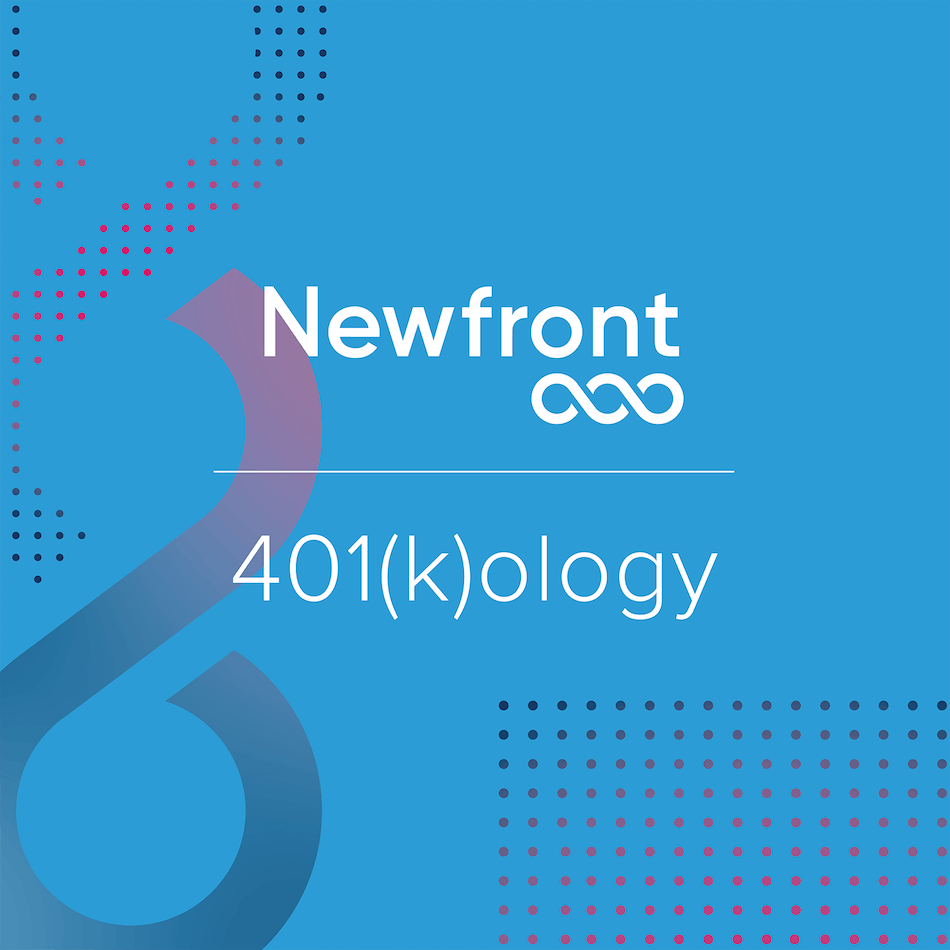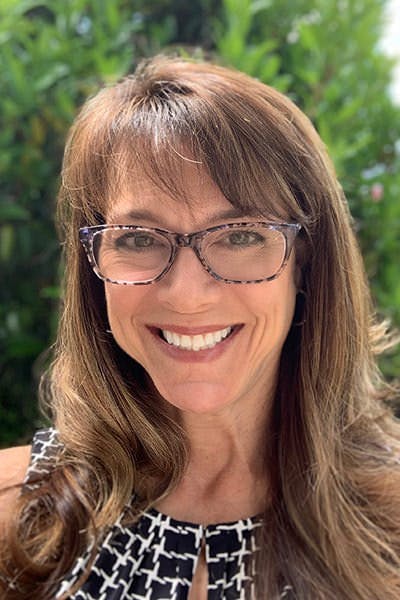401(k)ology – Participant Loans (Part 2)
By Joni L. Jennings, CPC, CPFA®, NQPC™ | Published August 10, 2022

In 401(k)ology - Participant Loans (Part 1), we reviewed the technical and fiduciary considerations involved when participant loans are available through your company 401(k) plan. If your plan allows loans, the Plan Administrator will be delegated with the authority to address questions from participants and should be monitoring the loan reports made available through the plan’s recordkeeper.
Loan reports provide valuable information, including loan originations, payments, and defaults. The report should be reviewed frequently by the Plan Administrator to ensure compliance with the loan program and to prevent unwanted taxable events for the participants.
The “Plan Administrator” is typically the plan sponsor (generally the employer), or an entity delegated by the plan sponsor to act in that capacity (e.g., a committee delegated by the board to have authority over the plan). The “Plan Administrator” is not the third-party administrator that provides services to the plan unless the outside service provider has been specifically retained to provide broad-based ERISA §3(16) fiduciary functions.
Prohibited transaction violations associated with participant loans, which are corrected under the DOL’s separate Voluntary Fiduciary Correction Program (VFCP), are less common than the day-to-day operational failures that can result in taxation to the participant. Therefore, the sole focus of Participant Loans (Part 2) will be the solutions for correcting participant loan errors through the Employee Plans Compliance Resolution System (EPCRS) and its Self-Correction Program (SCP).
Now let’s take a look at a few of the more common loan errors and how to fix them.
We Forgot to Implement the Loan Deductions Through Payroll, Now What?
One of the most common errors in loan administration is the failure to set up the loan repayments when they are required to begin. The majority of 401(k) loan programs require that repayment be made through after-tax payroll deductions. A process should be in place to alert the Plan Administrator that a new loan has originated and that the repayments must be established through payroll.
Some payroll providers and plan recordkeepers are fully integrated, which facilitates this process. If your providers are not fully integrated, the Plan Administrator will need to monitor loan originations and have procedures in place to ensure the repayments begin according to the amortization schedule.
Best Practices: _Avoid missed loan repayments by having procedures established to set up the initial loan repayments through payroll once the loan has been approved. _
Many 401(k) plans allow a participant to submit loan applications online, which are subsequently reviewed and approved by the Plan Administrator. The plan’s recordkeeper will produce the promissory note and amortization schedule that must be signed by the participant (spousal consent may also be required). A plan operational disconnect can occur when a loan is originated but not communicated to the payroll provider. This administrative oversight can cause the employee’s required repayments to either not start or start late.
It is important to catch implementation errors early, as the failure to make any loan repayment when due results in a deemed distribution (taxable event) to the participant. Most loan policies (but not all) include a cure period to prevent immediate taxation to the participant. The cure period cannot extend beyond the last day of the calendar quarter following the calendar quarter in which the missed loan payment was due. If the failure is not corrected before the end of the cure period, the loan is deemed a distribution.
If the employer discovers that loan repayments have not started according to the amortization schedule, and they have already missed correcting within the plan’s cure period (if any), the employer can still correct the error and avoid the deemed distribution through SCP. The SCP correction is to either have the participant make a balloon payment for the missed loan payments (including interest) or to re-amortize the loan with the same terms (generally with the same interest rate and same final payment date, but in some cases the final payment date may be extended to the maximum duration of a plan loan as measured from the original date of the loan) so that the loan will be paid off according to schedule. It is also permissible to use a combination of the balloon payment and re-amortization approaches.
The Problem: Susie requests a loan on May 12th and repayments are to begin on the first payroll in June. Due to an administrative error, her loan repayments were not initiated through payroll and it is not discovered until late July. Assuming the loan policy includes the cure period, Susie must make all of the missed repayments (plus accrued interest) or a balloon payment before September 30th to avoid a deemed distribution of the loan. If the loan is not corrected by September 30th, it is a deemed distribution and taxable to Susie in the year of the loan failure.
The Solution: IRS now offers self-correction as a solution to avoid issuing a Form 1099-R to report the outstanding balance plus accrued interest as taxable to Susie. Hooray! Assuming the participant is willing to bring the loan current and fix the defaulted loan, the participant can avoid costly taxation.
Now, the employer is not entirely off the hook if the error was caused by a failure to start the payroll deductions for the loan repayments. If the employer is responsible for the loan error, EPCRS states that the employer should contribute to the participant’s account an amount equal to the interest that accumulated because of the error.
There is one extremely important exception to the use of self-correction. If the repayment period for the loan has extended beyond the five (5) year maximum repayment period (determined from the loan origination date) or the longer maximum period for a loan taken for the purpose of purchasing the employee’s principal residence, then self-correction is not available.
Note: In some cases, recordkeepers will automatically default a loan that is beyond the cure period, which will result in a taxable event for the participant. Once the Form 1099-R is issued, the genie cannot be put back in the bottle despite the willingness of the participant/employer to self-correct. However, the participant may avoid taxation by repaying the amount of the deemed distribution to an IRA account before the due date of their personal tax return (including extensions) for the year it was defaulted.
We Changed Payroll Cycles, Does That Impact the Participant Loans?
Changes in payroll frequencies can also have adverse consequences on participant loan repayments. Most participant loans are repaid through after-tax payroll deduction, and the amortization schedule is prepared to align with the employer’s payroll frequency.
The Problem: Susie requests a loan of $10,000 to be repaid with interest over a 5-year term, and her employer’s payroll frequency is bi-weekly (26 pay dates per year). Two years later, her employer changes to a semi-monthly payroll frequency (24 pay dates per year). If the same dollar amount is deducted each semi-monthly pay date, there will be a deficiency of two (2) repayments per year causing the loan to not be fully repaid by the end of the five (5) year maximum repayment period.
The Solution: Re-amortize the loan using the same interest rate over the remaining period of the loan so that the loan does not violate the five (5) year maximum repayment period. If the original loan was for a term of less than five (5) years, the loan may be re-amortized for a longer period as long as the re-amortization does not extend beyond the maximum repayment period.
Reminder: Self-correction is not available once the loan has extended beyond the maximum repayment period.
We Are Changing Recordkeepers and Did Not Withhold the Loan Repayments During the Blackout Period, Now What?
Loan repayments, just like employee deferrals, should continue even when the plan is changing providers. It is the Plan Administrator’s duty to ensure that loans do not go into default as a result of a blackout period.
The Problem: Plan sponsor decided to change providers, and the blackout notice was issued to participants on July 1st. Due to a misunderstanding, the loan repayments ceased being deducted on July 1st and did not resume until late August.
The Solution: Upon discovery of the error, all of the loans will need to be reviewed to determine the number of repayments that were missed during the black-out period. If the error extended beyond the plan’s cure period (if any) without being correct, the self-correction solution is the same as in the previous sections:
Re-amortize the loans, or
Participants make balloon payments, or
Combination of 1 & 2
Employer contributes amount equal to the accrued interest to each affected participant’s account
Document the self-correction in case the plan is ever audited.
Best Practices:_ If you elect to self-correct participant loan failures under EPCRS – make sure that you document the error, how it was discovered, how it was corrected, and note that the loan failure was eligible for self-correction under EPCRS. _
Conclusion
If your 401(k) plan contains loan provisions, you will likely encounter a loan that needs correcting. The good news is the IRS recently made operational compliance and self-correction for loan failures more widely available as it continues to enhance and broaden the scope of EPCRS. If you need guidance for problems covered by either the IRS or DOL correction programs, we can provide solutions. Our retirement service team at Newfront is available to assist you with any questions regarding participant loans or other retirement plan related questions that may arise.
Email us at 401kHelp@newfront.com
Helpful Quick Links
DOL Voluntary Fiduciary Correction Program
IRS Employee Plans Compliance Resolution System
IRS Retirement Topics: Plan Loans
IRS Retirement Plan FAQs Regarding Loans

Joni L. Jennings, CPC, CPFA®, NQPC™
Chief Compliance Officer, Newfront Retirement Services, Inc.
Joni Jennings, CPC, CPFA®, NQPC™ is Newfront Retirement Services, Inc. Chief Compliance Officer. Her 30 years of ERISA compliance experience expands value to sponsors of qualified retirement plans by offering compliance support to our team of advisors and valued clients. She specializes in IRS/DOL plan corrections for 401(k) plans, plan documents and plan design.


